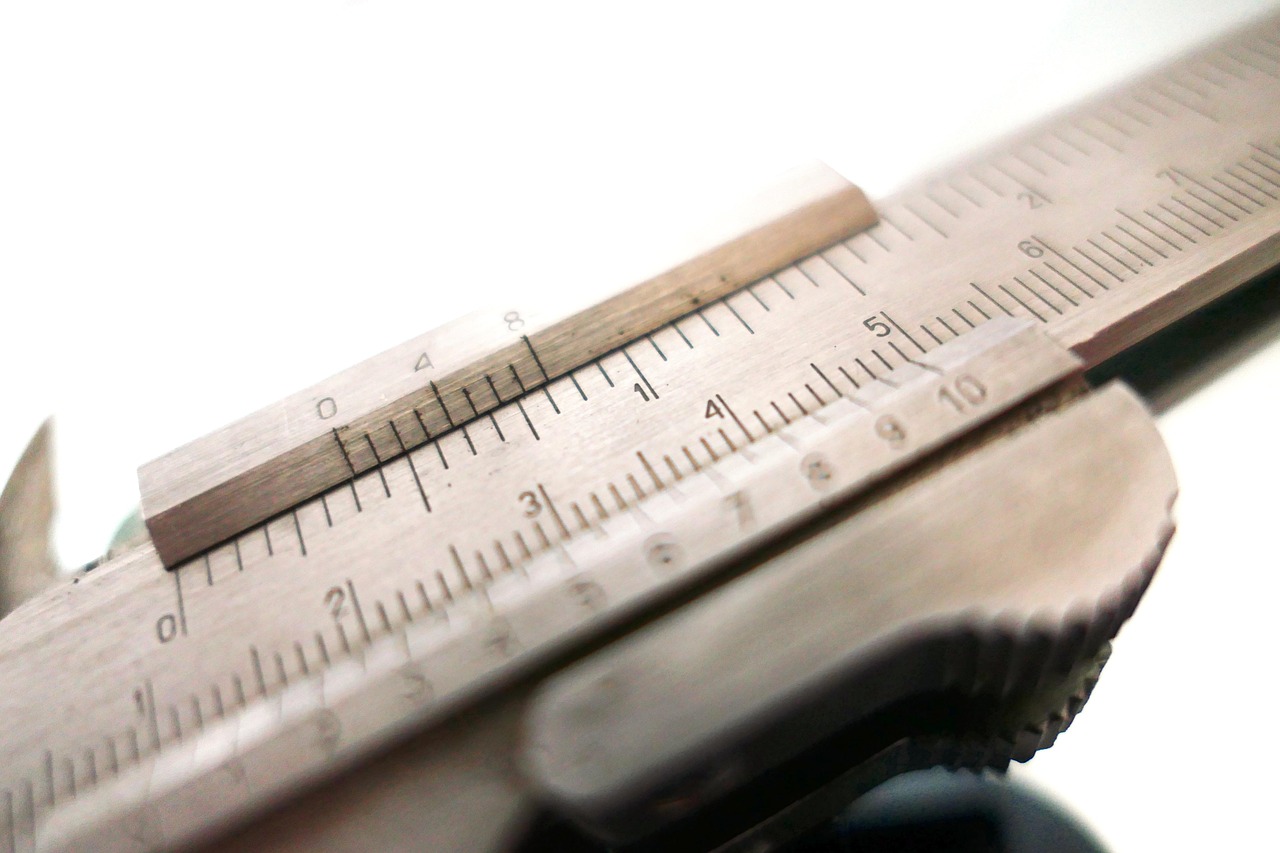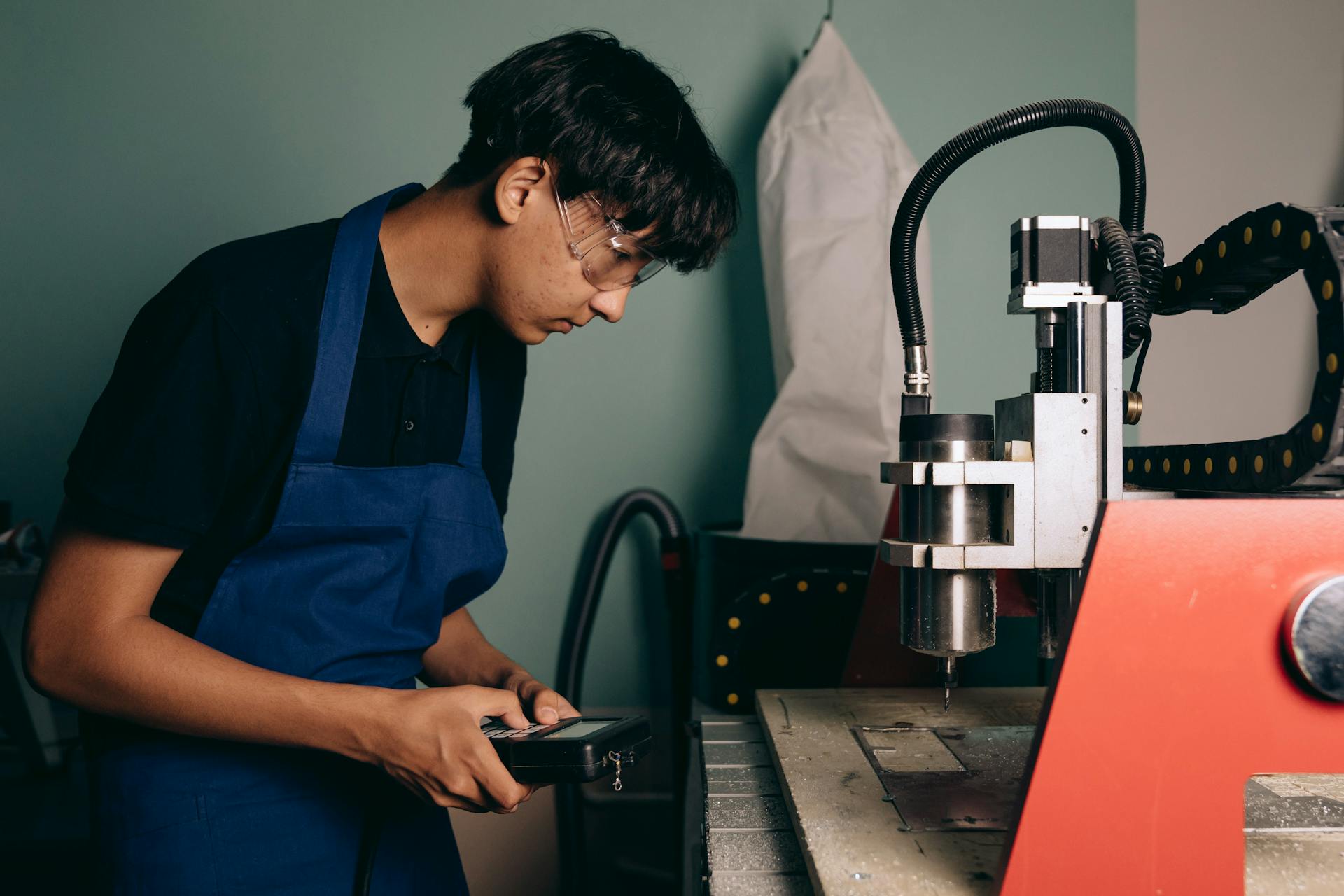Precision shaping processes have transformed the manufacturing landscape, especially in the production of metal components. By leveraging advanced techniques and technologies, manufacturers can achieve higher quality and durability in their products. Understanding these methods is key for industries that rely on robust metal parts, enhancing both performance and lifespan under various conditions.

Metal Stamping
Metal stamping is a critical process in the fabrication of metal components. This technique involves using a die to cut or shape metal into the desired form, often in high volumes. The process can be tailored to accommodate a variety of materials, including aluminum, steel, and copper, providing versatility in production.
Metal stamping is widely utilized in automotive, aerospace, and electronic industries, where precision is imperative. Machining operations such as metal stamping provide manufacturers with the ability to produce intricate designs with minimal waste.
The precision allowed in this process can lead to significant cost savings, particularly when compared to traditional machining methods. A click here and there on the right website can lead you to detailed specifications on various metal stamping technologies and their applications. The durability of stamped parts is primarily due to the cold-working effect that occurs during the process.
This effect improves strength and hardness, making the components more resistant to wear over time. The streamlined efficiency of metal stamping ensures consistent quality throughout production runs, ensuring reliability in the final products.
Impact of Precision Shaping on Quality
Quality control plays a fundamental role in any manufacturing environment, particularly in the production of metal parts, where failure can lead to significant safety hazards and financial losses. Precision shaping processes, such as stamping, CNC machining, and laser cutting, provide superior accuracy compared to traditional methods.
These technologies utilize computer numerical control, which eliminates human error and achieves tighter tolerances. The adoption of advanced measurement tools during the manufacturing process ensures the dimensions and characteristics of each component meet stringent industry standards.
Many manufacturers implement rigorous testing protocols that might include tensile testing and fatigue testing, further ensuring that metal parts will perform optimally in their intended applications. The use of high-quality raw materials in conjunction with advanced shaping processes contributes to enhanced performance. Choosing the right alloy or composite material can improve corrosion resistance and longevity, further optimizing the quality of the parts produced.
Durability Through Design and Materials
Durability is a crucial aspect when selecting the right shaping process for metal parts. Precision shaping processes allow for innovative design solutions, enabling manufacturers to create parts that can withstand harsh environments.
Advanced methodologies permit the incorporation of geometric features that improve strength without adding excessive weight, thereby maximizing efficiency. In addition to optimized designs, the selection of appropriate materials is pivotal in enhancing durability.
Alloy composition and heat treatment processes significantly influence mechanical properties, such as tensile strength and fatigue resistance.
Using high-strength steel in automotive components can reduce the weight of vehicles while maintaining structural integrity, leading to improved fuel efficiency. Ensuring that metal parts can endure environmental stresses, such as high temperatures or corrosive settings, is a vital part of the design process. Various coatings and treatments, including anodizing or galvanization, can be applied to provide additional protection against corrosion, extending the service life of these components.
Engineers assess microstructural characteristics during the design phase to predict long-term performance under cyclic loading. Material testing under simulated service conditions is often used to validate these durability strategies. As a result, the combination of design precision, material science, and protective treatments ensures components meet both performance and longevity demands.

Technology Advancements in Precision Shaping
The landscape of precision shaping is continuously evolving, driven by technological advancements. Modern machinery equipped with sensors and artificial intelligence enhances the monitoring and control of manufacturing processes. These technologies provide real-time feedback, enabling immediate adjustments during production to ensure quality remains uncompromised.
One noteworthy development is the rise of additive manufacturing, which, while distinct from traditional shaping methods, complements precision shaping by allowing for rapid prototyping and customization. Additive methods facilitate the creation of complex geometries that may not be feasible with conventional processes, thus expanding the horizons in component design.
Automation is playing an increasingly significant role in enhancing production capacity and efficiency. Automated systems streamline workflows, reducing lead times and increasing output without sacrificing quality. This evolution is shaping the future of manufacturing, as companies strive for faster turnaround times while maintaining strict quality controls.
Precision shaping processes such as metal stamping and CNC machining have significantly enhanced the quality and durability of metal parts. By deploying advanced techniques and innovative materials, manufacturers can produce components that not only meet but often exceed industry standards for performance and reliability. Staying updated with these technologies can ensure that products are built to last and serve their intended purpose effectively.

Founder Dinis Guarda
IntelligentHQ Your New Business Network.
IntelligentHQ is a Business network and an expert source for finance, capital markets and intelligence for thousands of global business professionals, startups, and companies.
We exist at the point of intersection between technology, social media, finance and innovation.
IntelligentHQ leverages innovation and scale of social digital technology, analytics, news, and distribution to create an unparalleled, full digital medium and social business networks spectrum.
IntelligentHQ is working hard, to become a trusted, and indispensable source of business news and analytics, within financial services and its associated supply chains and ecosystems










